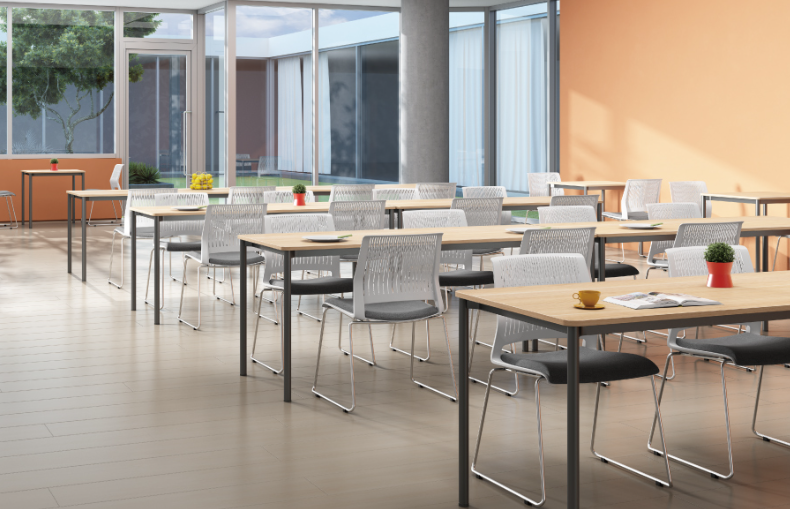In recent years, the interior design industry has achieved remarkable and rapid development in the production and design of furniture. The ever-evolving technology and changing needs of consumers have played a vital role in shaping the industry. Indoor furniture has moved beyond simple function to become an expression of style, comfort and sustainability.
A notable trend in the development of interior furniture is the integration of smart functions. As technology advances, furniture designers are now incorporating wireless charging capabilities, LED lighting, and even voice control systems into their creations. These features not only enhance the functionality of the furniture, but also add a sense of convenience and luxury to the home and office.
Additionally, sustainability has become a top priority for manufacturers and consumers. As people become more aware of the environmental impact of furniture production, the industry’s use of environmentally friendly materials and sustainable manufacturing practices has proliferated. Furniture made from recycled or renewable materials, such as reclaimed wood or bamboo, is gaining popularity due to its durability and minimal environmental impact.
Additionally, the minimalist approach to interior design has also influenced the development of furniture design. The need for sleek, streamlined furniture that maximizes space and provides a tidy environment has given rise to multifunctional furniture. For example, a coffee table with hidden storage compartments or a sofa bed that converts into a guest bed have become must-haves in modern living spaces.
Furthermore, customization has become a key aspect of interior furniture. Consumers now have the option to personalize their furniture according to their preferences and style. Customizable features include upholstery, color choices, and even modular furniture arrangements. This enables individuals to create unique and personalized spaces that reflect their personality and tastes.
Collaboration between furniture designers and architects also played an important role in the development of interior furniture. The integration of furniture with the overall design and architecture of a space is critical to creating a harmonious and cohesive interior. The collaboration created furniture that blends seamlessly with its surroundings, enhancing the overall aesthetic.
In addition to these trends, the development of interior furniture is also influenced by cultural and historical elements. For example, the revival of mid-century modern design has brought back classic and timeless furniture styles that many love. Characterized by clean lines and organic shapes, these designs have stood the test of time and continue to be sought after by designers and consumers alike.
All in all, there has been a major shift in the development of interior furniture in recent years. The integration of smart features, emphasis on sustainability, minimalist approaches, customization options, collaborations with architects, and the revival of classic designs are all factors driving the industry. As technology continues to advance and consumer needs continue to evolve, we can expect furniture design to become more innovative, functional and beautiful.
Post time: Jul-24-2023

